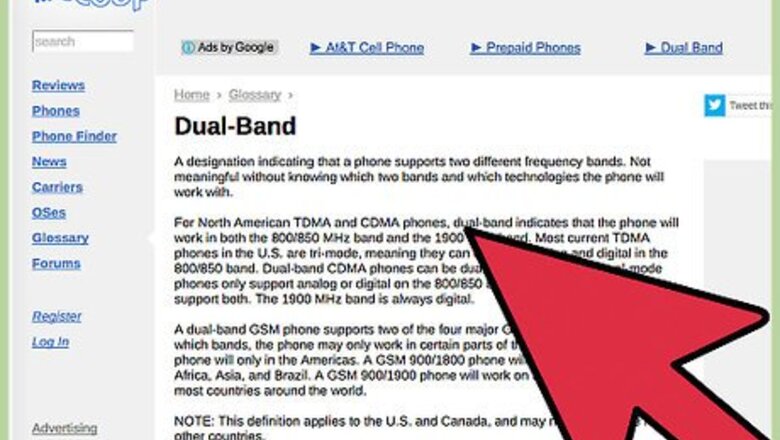
views
Assessing Your Needs
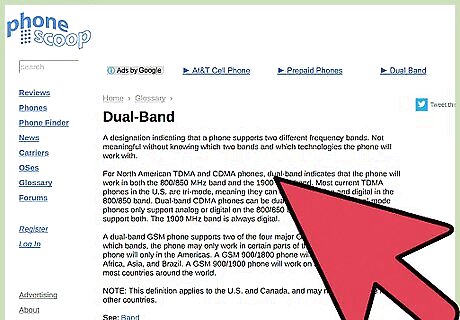
Decide between analog, digital, or dual mode phones. Cell phones come in different modes. The type of mode you want depends on how you plan to use your phone. Analog phones transmit signals throughout the air continuously. A wide variety of phones, from handheld phones to larger phones, come in analog mode. If you want to save money by opting for an older cell phone, go for a cell phone that comes in analog mode. Digital phones provide more security. Eavesdropping and number-stealing is prevented via encryption, so you may want a phone in digital mode if you plan to go online using your phone. Digital phones generally have clearer voice transmission and sound. The battery life is also longer. Most newer phones are dual mode, meaning they can be switched from analogue mode to digital mode. These can be great if you plan to use your phone in a variety of locations. When the signal is too weak to go digital, dual phones automatically switch to analog mode.
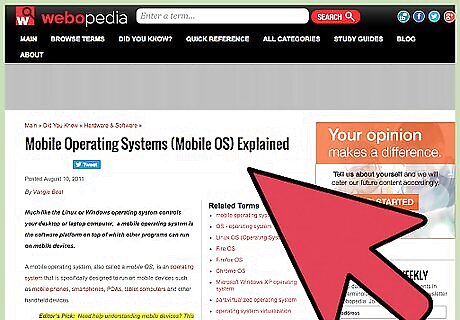
Explore various operating systems. There are essentially four different types of cell phone operating systems: android, iOS, blackberry, and Windows. The type of operating system you choose depends on your personal needs regarding the cell phone. Android is one of the most widely used operating systems. It's easy to customize, so if you're tech-savvy you may prefer an Android. The main disadvantage is that the design is updated frequently, which can affect usability. BlackBerries are great if you prefer a physical keyboard. However, BlackBerries tend to run slower than other operating systems. If you don't plan on using your phone for much beyond the basics, this may not be a problem. If you plan on going online a lot, you may want a different operating system. Apple iPhones run on an operating system called iOS. If you own other Apple devices, an iOS phone will be most beneficial to you. While iOS phones are less customizable than Androids, they tend to be more user friendly and have the most popular apps. Windows phones are relatively new, but are somewhat more versatile than regular smart phones. The display involves moving graphics and infographics, which may be helpful if you use your phone professionally a lot.
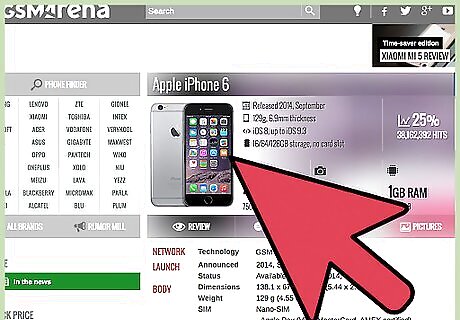
Look into different designs. You'll be holding your cell phone a lot throughout the day. Therefore, it's a good idea to go for a design that feels comfortable in your hand. Cell phones come in a variety of shapes, from square-like shapes to circular shapes. Pick a shape you feel comfortable holding. To get a feel of different cell phone shapes, make a stop at an electronics store. Experiment with holding a variety of cell phones. It's easy to forget a cell phone is a physical object. As you'll be using your phone a lot, make sure you find a design you're comfortable holding and handling.

Decide if you want a smart phone, messaging phone, or basic phone. Cell phones come in three types: smart phones, messaging phones, and basic phones. The type you need depends on how you plan to use your phone. A smart phone is the most advanced form of phone. In addition to calling and texting, you can access the Internet, download apps, take pictures, and upload music. A smart phone is essentially a mini-computer. If you plan on using your phone for a wide variety of activities, the smart phone is the best option for you. A messaging phone allows you to make calls and send messages. It generally does not have internet access, although some do allow you to send emails. A messaging phone is one step below a smart phone. It's a great in-between if you're looking for a phone that allows for basic communication but does not need the added features of a smart phone. A basic phone just allows you to make calls. If you don't plan on using your cell phone for anything other than phone calls, you can probably get by with a basic phone. It will be cheaper and less overwhelming to use than a smart phone.
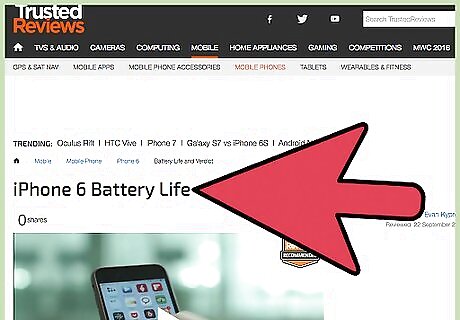
Think about what type of battery you need. How long do you plan to use you phone? If you're going to take your phone with you on long work days, you'll likely want a high-powered battery. Look for a phone with a long battery life over one with a short battery life. However, if you don't use your phone much, you can probably get by with a shorter battery lifespan. When exploring phone options, make sure to check to see how long each phone's battery lasts. Battery life gets worse with with time. Keep this in mind. Even if you feel like you can get by with a one to two hour battery, you may want to go for a slightly longer battery life.
Selecting Features
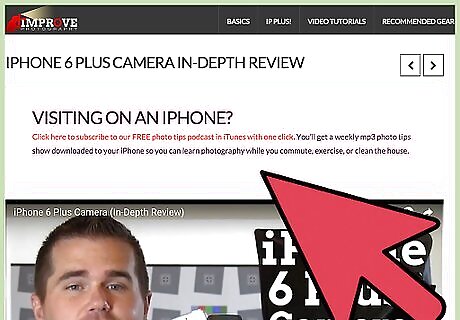
Consider how often you'll use the camera. Do you plan on taking a lot of pictures on your phone? If you're an Instagram junkie, you may want to invest in a higher quality camera. If you don't plan on taking too many pictures, the camera quality may not be as big of a concern. For most smart phones, camera quality will be 8 megapixels. More megapixels may produce higher quality photos, but this is not the only factor you should consider when it comes to photo quality. Make sure the camera has a flash. Otherwise, pictures taken inside or at night will come out blurry. When shopping for cell phones, it's a good idea to take a few photos in the store. This will give you a sense of whether or not the picture quality is high enough for your needs. EXPERT TIP Mobile Kangaroo Mobile Kangaroo Computer & Phone Repair Specialists Mobile Kangaroo is a full service repair shop and Apple Authorized Service Provider headquartered in Mountain View, CA. Mobile Kangaroo has been repairing electronic devices such as computers, phones, and tablets, for over 19 years, with locations in over 20 cities. Mobile Kangaroo Mobile Kangaroo Computer & Phone Repair Specialists For an improved camera and other features like FaceID protection, go for an iPhone X or later. Regardless of the phone you choose, try to include a case and screen protector in your budget to keep it safe.
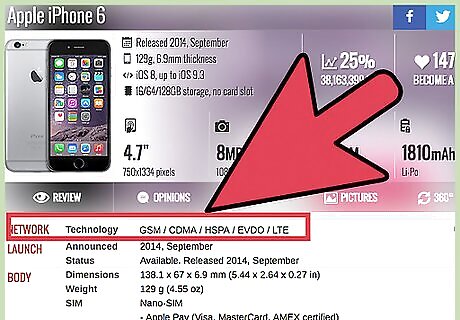
Look into your personal data needs. Phones access data in a variety of different ways. How you plan to use your phone can help you determine what kind of data plan you need. If you travel overseas a lot, look into a Moto X Pure edition. It's compatible with data types found in both the United States and parts of Europe. 4G and LTE data tend to provide the speediest data for smart phones. If you're looking for a basic smart phone, all your needs should be met with a 4G or LTE data type. However, bills can get high with these plans. Some phones provide Wi-Fi only data plans, where you can make calls and send messages when connected to Wi-Fi. This can be frustrating if you need to use your phone in an area without Wi-Fi, but it can save you money.
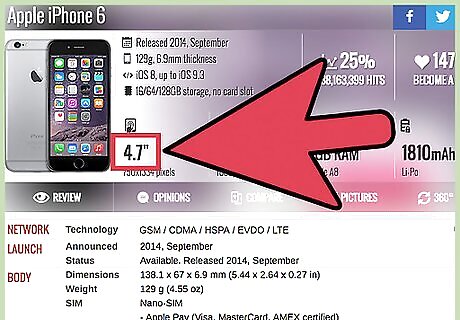
Decide what screen size you want. Do you plan to use our phone to watch a lot of movies or TV shows? If so, you may want a larger screen. Smart phones generally get bigger with each new generation. Getting the most recent type of smart phone will provide you with the biggest screen. If you don't plan to use your phone to watch movies, screen size matters less. Think about saving some money and opting for a smaller screen.

Figure out the right screen resolution. You should also think about screen resolution if you plan to use your phone to watch TV and movies. A higher resolution will provide better quality pictures and videos. As with size, opt for high resolution if watching movies and videos on your phone is important to you. If this is not important, save your money and opt for a lower resolution.
Choosing a Carrier
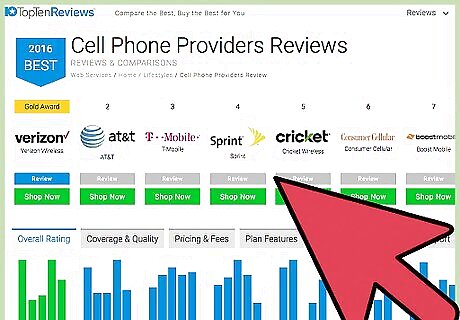
Find reasonable rates for talk, text, and data. Carriers charge for three basic services: text, talk, and data. When selecting your smart phone, make sure you find reasonable rates for all three types of services. Most modern cell phone users do not talk on their phones as much. Pay for as few minutes as you can when it comes to talk. However, if you do plan to talk on your phone a lot, be open to paying more. You should also watch out for extra charges in regards to night and weekend hours. You should find a texting plan that charges $10 a month or less for texting. Anything more means you're overpaying. Texting costs cell phone providers nothing, so do not get suckered into paying exorbitant texting fees.
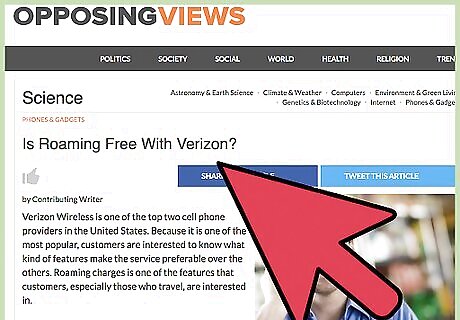
Look at roaming fees. Roaming fees can send your monthly bill up. When deciding on a provider, look at a map of your coverage. See which areas qualify as "roaming." If you frequent these areas a lot, find a different plan.

Opt for providers that offer free trials. It's a good idea to test out any new plan before committing. If a provider offers a month-long trial, take it. You can try that plan for a month and then see what your bill would look like. If you decide you dislike this plan, you can back out without penalty. Read the fine print on any contract, however. Some free trials will not automatically cancel in a month.
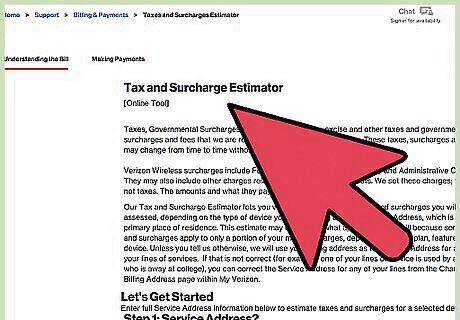
Look into additional fees. Fees and surcharges can account for an extra $10 to $20 each month. While this is not a lot of money, it adds up over time. It's worth it to find a plan with limited additional fees. With every plan you look at, check the additional fees section. Look for a plan with less fees.
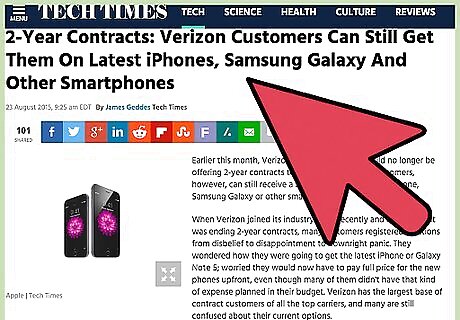
Figure out the average contract length. You may want to cancel your contract at some point. You may find you're unhappy with a provider and would like a change. Some providers force you to sign a year to two year contract. This may be too much of a commitment. See if you can find a provider that offers a contract for 6 months or less. You should also look into how to cancel your contract. Some companies may have pricey cancellation fees, or may not let you back out of a contract at all.



















Comments
0 comment